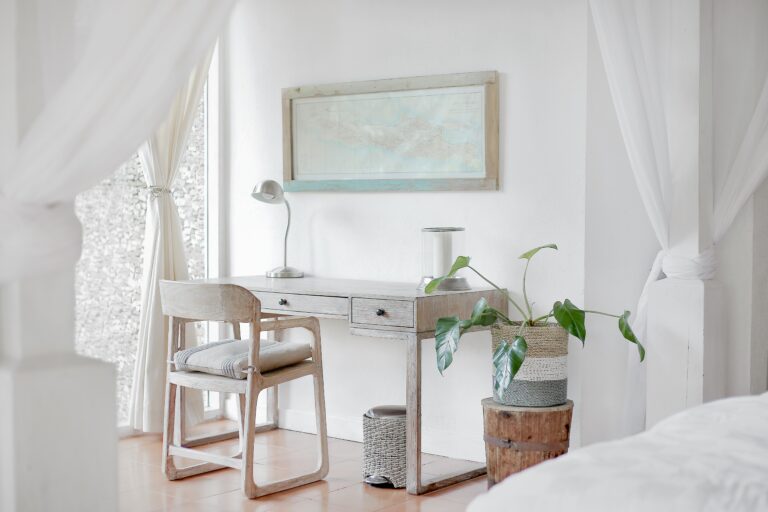
Interior Design in Architecture: A Fusion of Art and Functionality
Interior design is a vital aspect of architecture that bridges the gap between functionality and aesthetic appeal. While architecture provides the structural framework of a building, interior design focuses on enhancing the spaces within, creating environments that are both visually pleasing and practical for their intended use.
The Role of Interior Design in Architecture
Interior design is not merely about decoration; it is an integral part of architectural planning. By considering elements such as space planning, lighting, color schemes, and material selection, interior design ensures that spaces are optimized for comfort, efficiency, and style.
For instance, in residential architecture, interior design focuses on creating a warm and inviting atmosphere that reflects the personality and needs of the residents. In contrast, commercial spaces prioritize functionality and branding, using design elements to convey professionalism and attract customers.
Key Elements of Interior Design
1.Space Planning: Efficient use of space is at the core of interior design. It involves organizing furniture and fixtures in a way that maximizes usability while maintaining a harmonious flow.
2. Lighting: Lighting enhances the ambiance and functionality of a space. A well-lit interior can elevate mood, highlight architectural features, and create a welcoming environment.
3. Material and Texture: The choice of materials and textures plays a significant role in defining the character of a space. For example, wood adds warmth, while glass and metal provide a sleek, modern feel.
4. Color Schemes: Colors influence emotions and perceptions. Neutral tones offer a calming effect, while bold colors can energize and inspire.
5. Furniture and Decor: The selection of furniture and decor elements ensures the space is both practical and reflective of the intended style.
Sustainability in Interior Design
Modern interior design increasingly incorporates sustainable practices, focusing on eco-friendly materials, energy-efficient lighting, and smart technologies. These practices not only reduce environmental impact but also enhance the health and well-being of occupants.
The Intersection of Interior Design and Architecture
The collaboration between architects and interior designers is crucial for the success of any project. By working together from the initial stages, they can ensure a seamless integration of structural and aesthetic elements. This synergy results in cohesive spaces where the exterior and interior complement each other.
Conclusion
Interior design is more than an artistic endeavor; it is a discipline that enhances the quality of life through thoughtful and innovative use of space. By blending creativity with functionality, interior design transforms architectural spaces into living, breathing environments that resonate with their occupants. Whether in homes, offices, or public spaces, the impact of well-executed interior design is undeniable.


No comments yet.